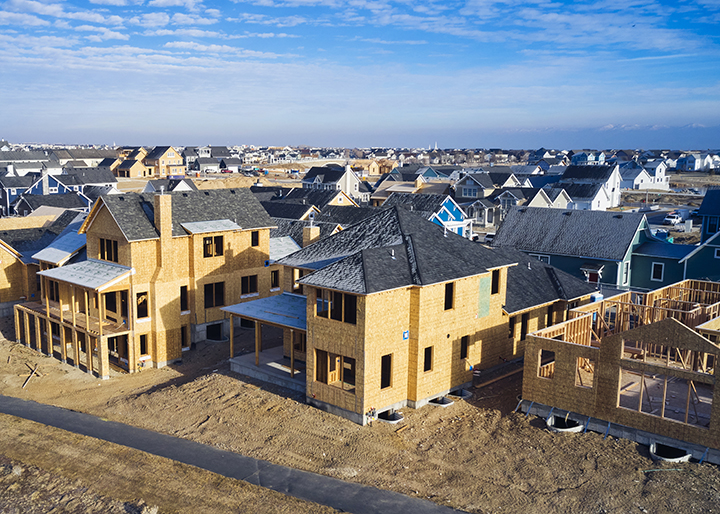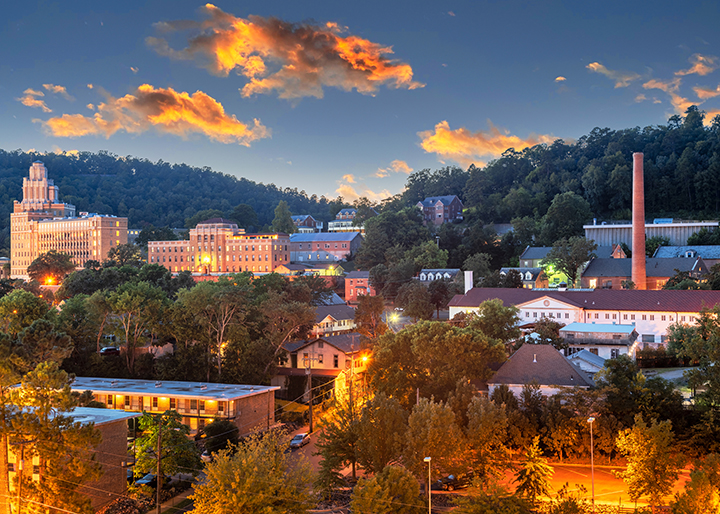The 2023 Real Estate Retrospective
Once Again, Real Estate Investors Prove Absolutely Anything is Possible By Carole VanSickle Ellis In January of this year, things were, in some ways, very different than they are today. Interest rates on a 30-year, fixed-rate mortgage were hovering just under 6.5%; the national median sales price for a single-family home had fallen slightly to $385,000, and Moody Analytics was predicting rental rates would rise by 2.5% over the next
Read More












